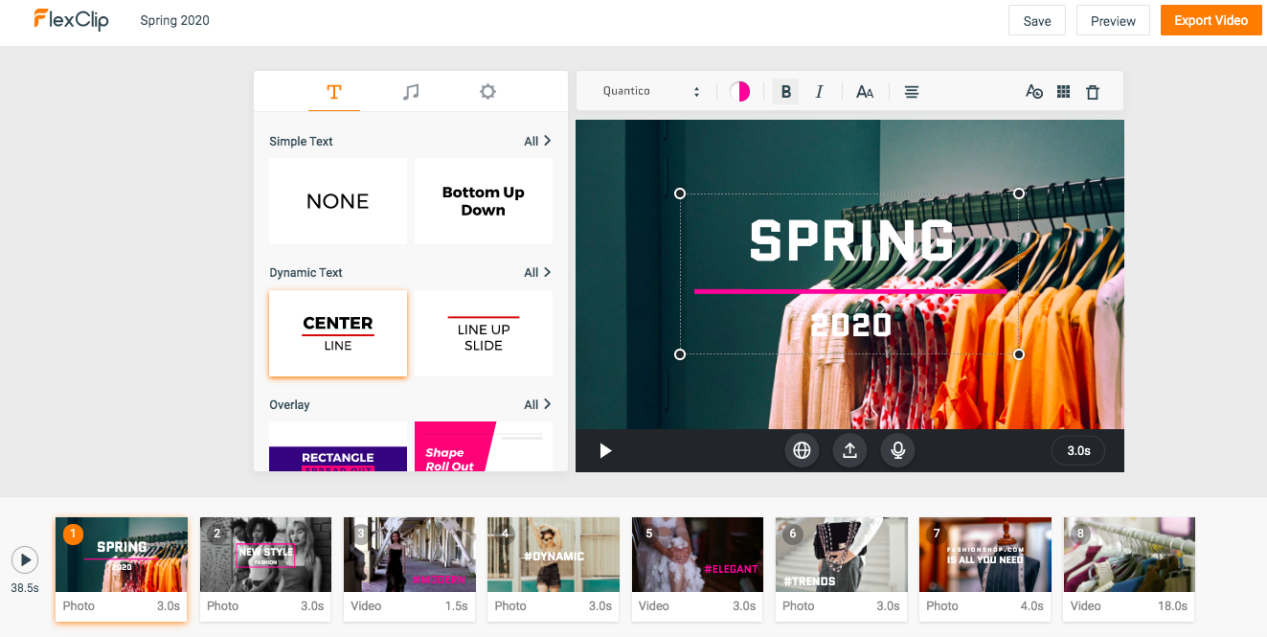We define viral content as those contents (texts + images/videos) capable of spreading autonomously on the web thanks to users' word of mouth. As a result, these viral videos have a big impact when associated with a brand. Of course, this ability to be "bounced" from one node of the Network to another obviously does not come by chance. Virality is not something innate, but that is learned along the way, test after test, error after error.
To facilitate the task, we decided to offer you some tips on how to create viral content, in this case, a blog post. Here are 4 successful creative examples to help a video go viral:
1. Answer & Sharing:
Regardless of the sector of reference, there are two fundamental aspects for a video to be considered successful: the intensity that pushes someone to respond and the motivational force that drives someone to share the video.
The first reason that pushes to answer and to share is the funny and humorous side of the video. Being the most used medium, even if often improperly, this is leading to make the public increasingly selective and demanding of videos.
2. Focus on emotions:
The emotional component is very important to start sharing. If a brand can transmit strong feelings, this is the basis for its likely sharing of the message. Emotions that don't necessarily have to be negative like nostalgia, compassion, or fear. Love, happiness, joy have the same strength as negative emotions.
3. Inform and involve:
A strong involvement tied to information can be another right way to make a viral video. The public needs to be informed: a user manual in video format can arouse sharing in the same way as the use of storytelling.
4. Unconventional marketing:
Using the experiential factor directly on the consumer through eccentric marketing actions, pushing him to act and filming how he behaves a new way to induce the call to action.

4 tips on how to make a video go viral
1. Have you ever wondered why many videos, although professionally made, cannot go viral, while some amateur level yes? This happens because very often we forget what the audience really wants to hear and see: the story or storytelling is a fundamental element to create a viral video.
2. One of the safest ways to make a video NOT go viral is to create excessively long and complex content. Synthesis, brevity and immediacy are indispensable requirements for creating a viral video.
3. The timing of publication is also important. Most of the viral videos in fact acquire most of the views during the week, while during the weekend users often decide to do more ...
4. If it is true that high-level video content is not a priori a guarantee of virality, it is also true, however, that a professional quality production more likely to attract users' curiosity and still represents an additional element that should not be neglected.
It is, therefore, evident also from these trivial and straightforward considerations that preparing a viral video to promote your brand online, nowadays becomes almost an obligation rather than a mere possibility. To do this, of course, you must first rely on professional video makers. For users with more advanced knowledge, it may make more sense to consider an investment in software such as Adobe Premiere Pro or Catalyst Production Suite. A simple video, without too much content, does not require professional software. So you can just use basic online video editor, FlexClip video maker, to join clips or add captions and background music, etc.

At last, the attention of the public on a specific topic passes with the same speed with which it arrives. This is why it is essential to understand that the benefit of a viral video is only temporary.
Once it reaches the public, it is the ability to consolidate this link that establishes contact between the people and the company. This is where the know-how of professionals of the trade comes into play, who must plan a video solution and a well-structured social media marketing solution to obtain results.




























